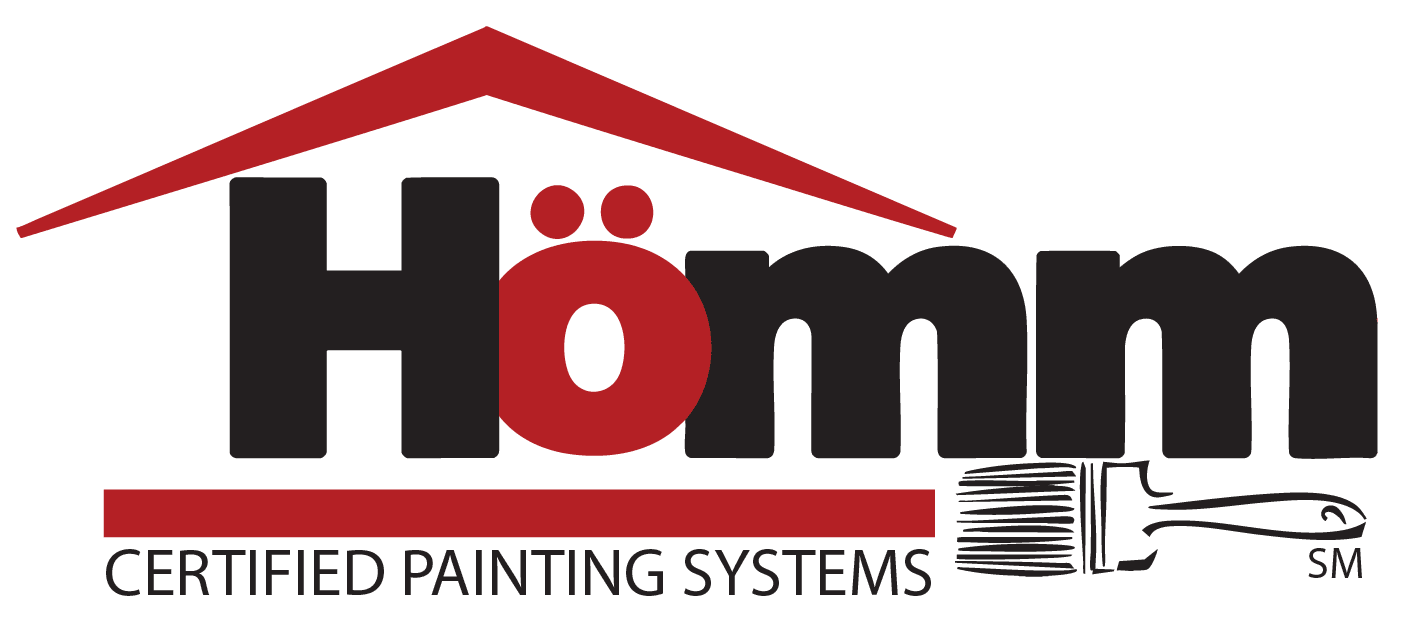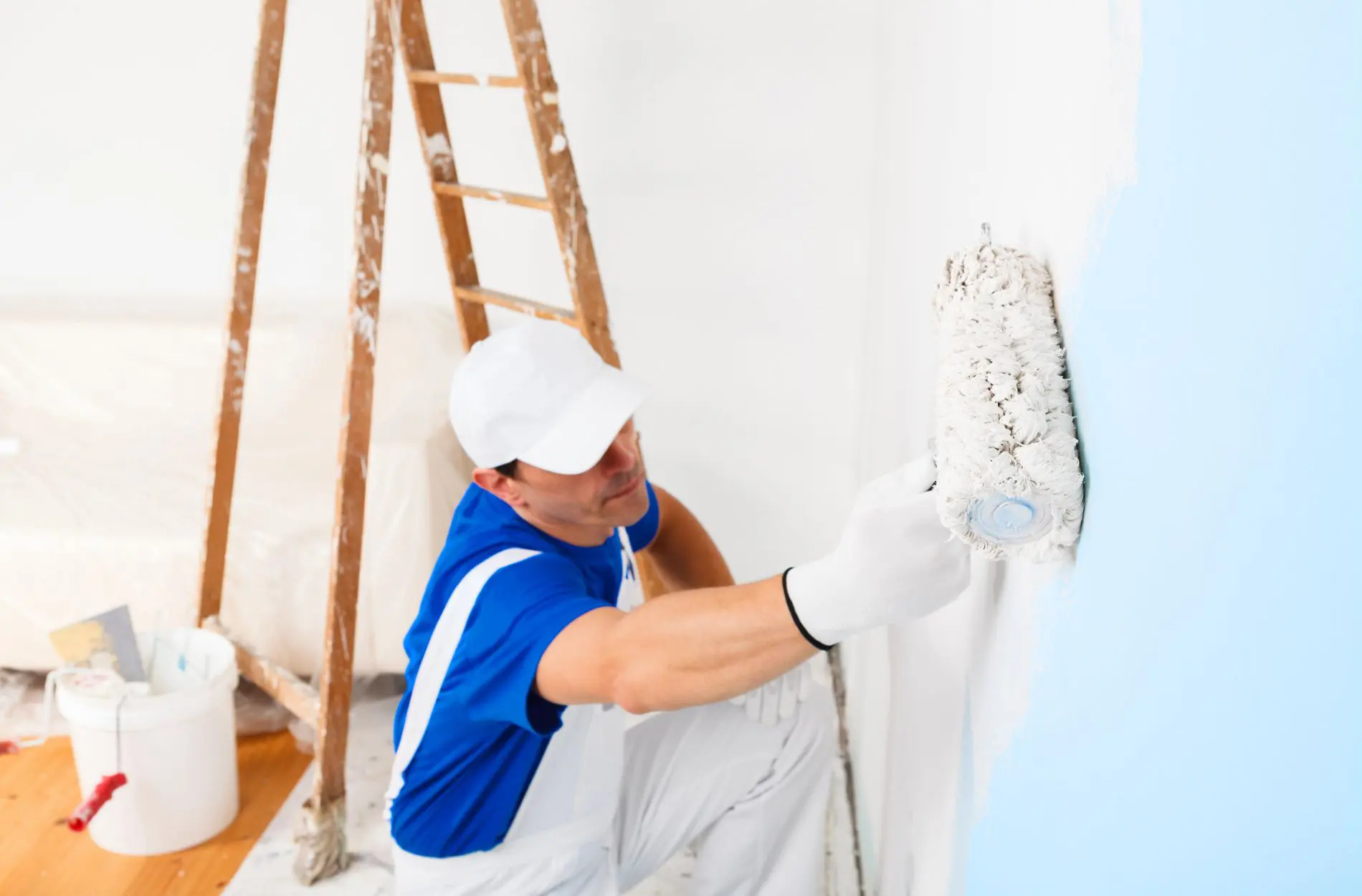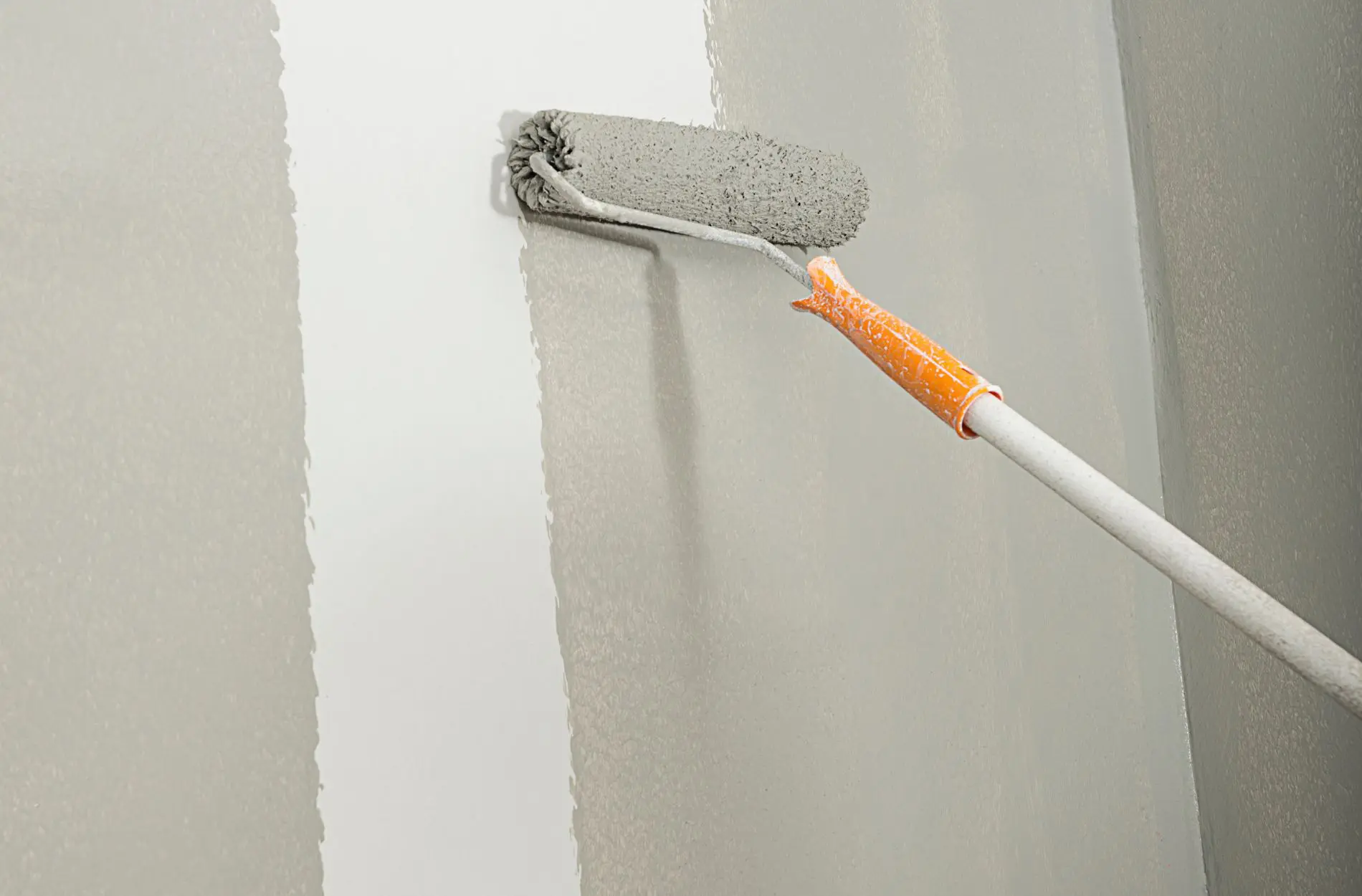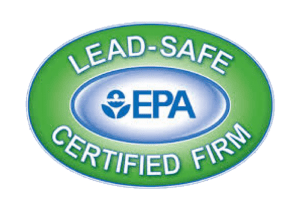Proper Surface Preparation Methods in Washington DC

Getting a solid, long-lasting paint job on your home starts way before the first coat of color goes up. It begins with how well the surface is prepped. Surface preparation can make or break the final look and durability of your exterior paint. Without it, even the highest-quality paint won’t hold up for long. Dirt, moisture, rough patches, and damage all affect how well paint sticks and how long it stays there. For homeowners in Washington DC, where heat and humidity love to push paint to its breaking point, proper prep work is a must.
When you’re walking through neighborhoods in DC, it’s easy to spot the homes that had their surfaces correctly prepared just by the crispness and tone of their paintwork. Whether you’re refreshing the side of a rowhouse or updating your entire colonial-style home, how the surface gets treated beforehand will impact how good it looks months or years later. Preparation isn’t just about looks. It’s the foundation of protection against wear, moisture damage, and other outdoor stressors.
Understanding Washington DC’s Climate and Its Impact on Painting
Washington DC has a unique mix of weather conditions that can really put exterior paint to the test. Summers are hot and muggy, which can affect how paint cures and adheres. Winters, on the other hand, bring cold temperatures and sometimes unexpected moisture shifts. Throw in the occasional storm and urban pollution, and you’ve got a mix of challenges working against a smooth, long-lasting finish.
Here’s how these weather patterns directly impact painting projects in DC:
- Humidity affects how paint dries. If the surface or the air is too moist, it can trap that moisture under the new coat, leading to peeling or mildew.
- Paint that’s applied when it’s too hot or too cold can end up drying incorrectly, which risks cracking or warping.
- Frequent rain increases the chances of water seeping into cracks or crevices. Surfaces that aren’t sealed properly will absorb water, which can disrupt paint adhesion.
- DC’s traffic-heavy streets increase the buildup of grime and residues on surfaces. If these aren’t scrubbed away before painting, they’ll interfere with how the paint sticks.
For example, during early summer in DC, you might get sunny mornings followed by sudden afternoon storms. A freshly painted house that didn’t have enough drying time or wasn’t prepped to handle moisture can end up streaked or bubbled by the next day. These kinds of problems are avoidable, but only with the right prep work that takes local weather into account.
Steps to Proper Surface Preparation
Inspection and Cleaning
No matter what kind of surface you’re working with—wood, stucco, or brick—the process starts with a thorough inspection. You want to find signs of flaking paint, mildew, mold, or other damage. Ignoring these can set you up for bigger issues later. Once that’s done, cleaning the surface comes next.
In Washington DC, homes often gather a lot of dust and pollution residue, especially if they’re near busy roads. This makes cleaning a must. Pressure washing is one of the most effective methods, especially for large surfaces. But it should be done carefully to avoid damage, particularly if the siding is older or more delicate. For mildew or algae buildup, a scrub with a mild cleaning solution may be necessary. The goal is to remove everything that could sit between the paint and the surface beneath it.
Clearing away loose or peeling paint is part of this stage too. Tools like paint scrapers, wire brushes, and sandpaper help smooth things out. Starting with a clean, uniform surface sets up the rest of the project for success. Any paint applied on top of leftover grime or flaky coats won’t stick or last.
Repairing Damages
Once you’re working with a clean surface, the next job is to repair what’s broken. Even small cracks, holes, or gaps can compromise a paint job if they’re not handled properly. Washington DC homes, especially older properties, often have aging masonry or wood trim that needs extra care before it can be painted again.
Here are a few repair points that matter most:
- Seal cracks in siding, especially around window frames and door trims
- Patch any holes or dents with the right filler for the material
- Replace rotting or damaged wood rather than painting over it
- Sand repaired areas so they blend seamlessly with the rest of the surface
Repairs are where long-term success is built into the project. Paint isn’t meant to function as a sealant or a quick fix. If the structure has underlying flaws, those should be addressed before painting begins. And in DC’s humid conditions, water damage or mold concerns need to be fully resolved. Otherwise, the new coat of paint could make them worse by trapping moisture underneath.
Sanding and Smoothing
After repairs are done, the next step is sanding the surface. This creates a smoother base and helps the new paint grip better. In Washington DC, many homes have exterior materials like painted brick, older wood siding, and detailed trims that show imperfections easily. Uneven patches or shiny spots left untreated can cause paint to look blotchy or peel earlier than expected. A consistent, slightly rough texture allows primer and paint to stick more securely.
The key is choosing the right grit for the surface. Coarser sandpaper is better for removing old paint or smoothing patched areas. Finer grits are best for a final pass. All dust should be removed after sanding. If you leave it behind, even the best paint jobs can end up blemished.
DC’s climate adds another challenge. During the humid summer, surfaces can feel dry but still hold moisture. Sanding only works if the material underneath is truly dry. If you’re working on an area recently affected by a storm or heat, giving it extra drying time can make a big difference.
Priming the Surface
Priming is often skipped by those in a hurry, but when you’re working with Washington DC conditions, skipping this step can lead to paint that fades or flakes too soon. The right primer seals the surface, blocks stains, and helps paint stick evenly.
Here’s what to look for in a primer in DC’s climate:
- Use stain-blocking primers on older homes with water spots or discoloration
- Pick a bonding primer for surfaces with old glossy or oil-based coatings
- Choose mildew-resistant primers for shaded areas or spots that hold moisture
- For wood siding, oil-based or shellac primers are good choices to prevent stains
No matter the type, primer must be fully dry before applying paint. Rushing this part could make the project look great at first but fall apart later. In a place like DC—with its hot summers and cold winters—taking time to prep the surface properly sets up years of durability.
Common Mistakes to Avoid in Surface Preparation
Even experienced teams can run into trouble if they cut corners on surface prep. Some mistakes seem small at first but lead to issues down the road. Poor preparation can cause paint jobs to fail early or look uneven right away.
Common mistakes to watch for:
- Not washing surfaces thoroughly before sanding or priming
- Leaving mildew or mold untreated before painting
- Skipping primer on porous or water-damaged areas
- Painting over loose or flaky paint without removing it first
- Working on damp surfaces after a rain or wash
- Using fillers that don’t bond well with paint
- Applying paint or primer too thickly to hide flaws instead of fixing them
Washington DC’s mix of humidity, sun, and aging homes makes each of these errors more likely to show up quickly. While the paint might look good for a few weeks, you could see peeling, bubbling, or fading much sooner if prep shortcuts were taken.
How Professionals Handle Surface Preparation in Washington DC
A top-quality exterior paint job in Washington DC relies not just on materials, but also local experience. Homes in neighborhoods like Capitol Hill or Takoma can face unique moisture and exposure conditions. Rowhouses often share walls and may have water seepage issues. Standalone homes with wooden siding can shrink and expand with temperature swings through the seasons.
Professional painters in DC know how to factor these local quirks into their prep routine. They examine how sunlight hits the home, what kind of vegetation surrounds it, and whether there’s a slope pulling water toward or away from the structure. They also understand how different primers and fillers perform depending on when and how they’re applied.
More than anything, professionals understand timing. They know, for example, not to start sanding too soon after heavy rain or to use certain primers only when temperatures allow proper curing. These skills and experiences are what help them deliver results that hold up long after the finishing coat dries.
Transform Your Home’s Exterior with Expert Surface Preparation
Prepping a surface for exterior painting in Washington DC is more than just a first step. It’s the key to a final result that looks great and stays strong, even as the seasons change. With the right mix of cleaning, repairing, sanding, and priming—plus knowledge of the local climate—you can avoid the hassles of early paint failure and enjoy a beautiful finish for years to come.
Whether you’re planning a full home repaint or just freshening up a problem area, make sure the work starts with expert preparation. It’s the most reliable way to make your investment pay off in both looks and performance.
For homeowners looking to achieve high-quality and long-lasting results, understanding how to prepare for exterior painting in Washington DC is important. If you’re ready to enhance your home’s appearance while ensuring the paint withstands local weather challenges, let Hömm Certified Painting Systems guide you. Whether it’s time for a new coat of paint or a full surface prep, we’re here to help your home look its best through every season.










